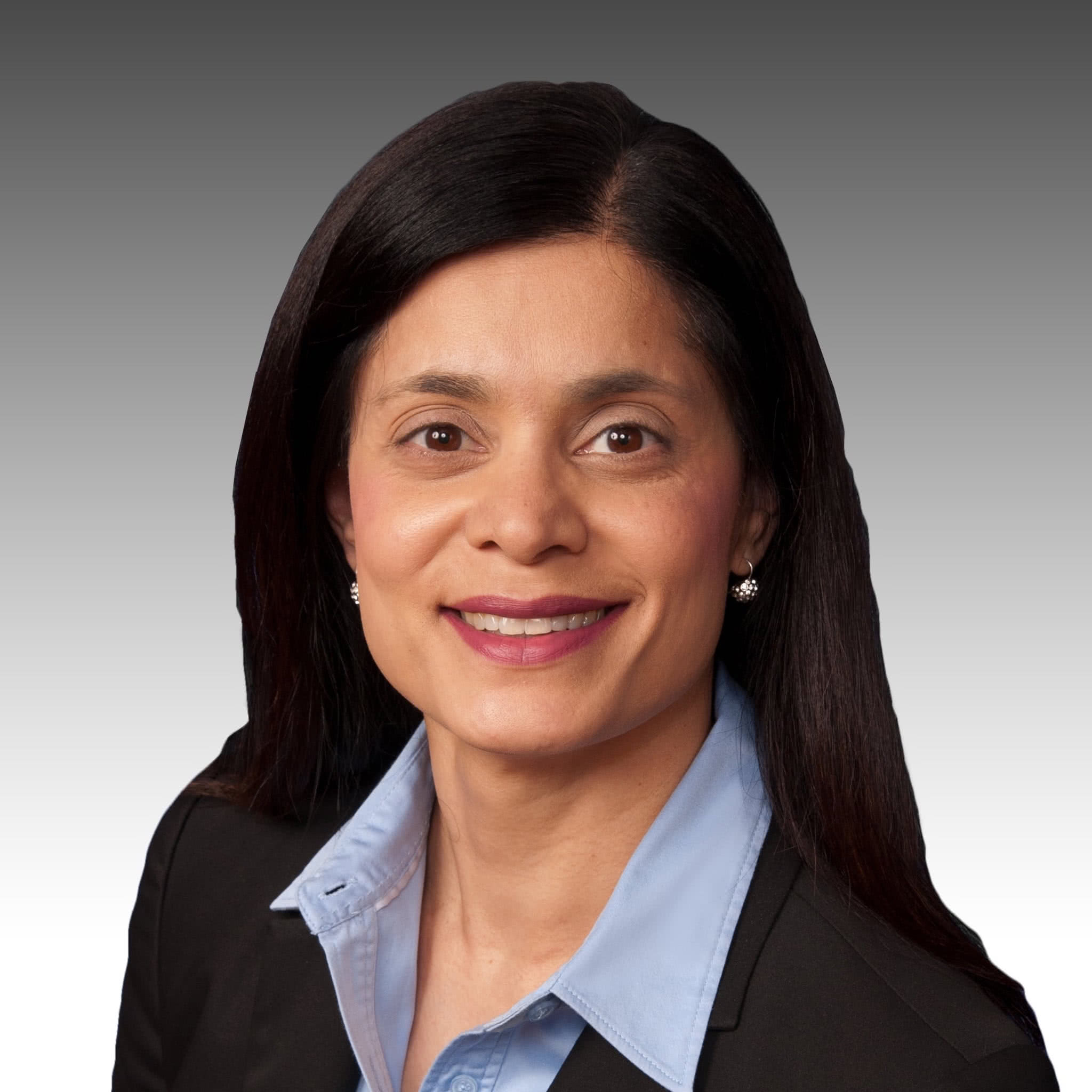In this episode of Santis’ AI Podcast Series, Ben King, Director of Digital Health and Innovation at Santis and Zahava Uddin, Managing Director with the GE HealthCare Command Center team talk about how predictive analytics and machine learning can help hospitals balance workloads, improve patient care, and support care transitions.
Here’s a summary of their insightful discussion:
What is a Command Center?
Command Centers can be considered in three different ways:
- Harnessing the healthcare data that’s been created and putting it at the fingertips of teams and individuals in a powerful, easy way in real time so they can take action at the moment when action is needed.
- A department that is a center of gravity for central functions where teams are empowered to solve problems together.
- The entire organization working together in sync as one connected team, using the same situational awareness and real-time insights to prioritize which patient care activities need attention next.
Using AI to move from data to decisions
In healthcare, the problem is often not a lack of data. Rather there’s too much data, and that data is unusable. That’s why the GE HealthCare Command Center team has put a lot of care into getting information automated and accessible in a way that’s quick and easy.
“With our Command Center technology, what AI does is save time digging for information that’s obsolete by the time it’s found,” said Uddin. “Instead, the data is analyzed and distributed to those who need it.”
Putting that data to use to improve patient care requires a synergy between artificial and human intelligence.
“It’s the AI and the analytics surfacing the opportunity to eliminate a delay or mitigate a risk, and really it’s up to the caregiver – the human – to use that guidance to make the best decision they can.”
A hospital is a networked system that’s always changing. In that dynamic environment, predictive analytics can help look to the future so caregivers can take action proactively. “AI can help predict the near future and prompt early intervention if it’s needed,” said Uddin.
Unlocking capacity and boosting quality
Fully leveraging available capacity -- bed capacity, imaging capacity, OR capacity, staffing capacity – is a top priority and looming challenge for health systems.
“Command center analytics present the opportunity to unlock capacity where it might be hiding behind inefficient processes or a lack of situational awareness,” said Uddin. “We’ve seen many organizations where we’ve done Command Center work increase bed capacity through better care progression, better discharge planning, better quality and safety.”
While patients may not realize their hospital stay was safer and shorter, they’ll recognize that they’re not waiting and they’re not delayed. “What patients feel is a more seamless experience through their entire length of stay.” explained Uddin. “It’s better quality and it’s better safety as well.”
With an intentional focus on quality and safety, health systems can have a measurable impact on key metrics. For example, in an annual hospital harm report, Humber River Health consistently outperforms other hospitals – to the tune of about 50% better.
“They attribute a lot of that success to their ability to manage quality and safety in real time,” shared Uddin.
Quick deployment, powerful impact
Many health systems may be holding onto an outdated notion that Command Centers are a massive implementation. By assuming they lack the bandwidth to carry it out because of competing priorities or the demand on their IT team, they’re missing out on critical opportunities for improvement.
“I’ve seen organizations start small, deliver impact, and scale up either slowly or quickly,” said Uddin. “It typically takes us about four months to get the first Tile up and running and then roughly two months per Tile after that.”
Moving beyond acute care environments
Health systems that have deployed Command Centers are now seeking opportunities to expand the benefits to care pathways that extend beyond the hospital.
“There’s a real opportunity to support vulnerable patients living at home,” explained Uddin.
“That might be frail elderly, those living with chronic diseases, or high-risks pregnant moms. When something is off the pathway, that’s where the Command Center steps in and flags an emerging situation.”

